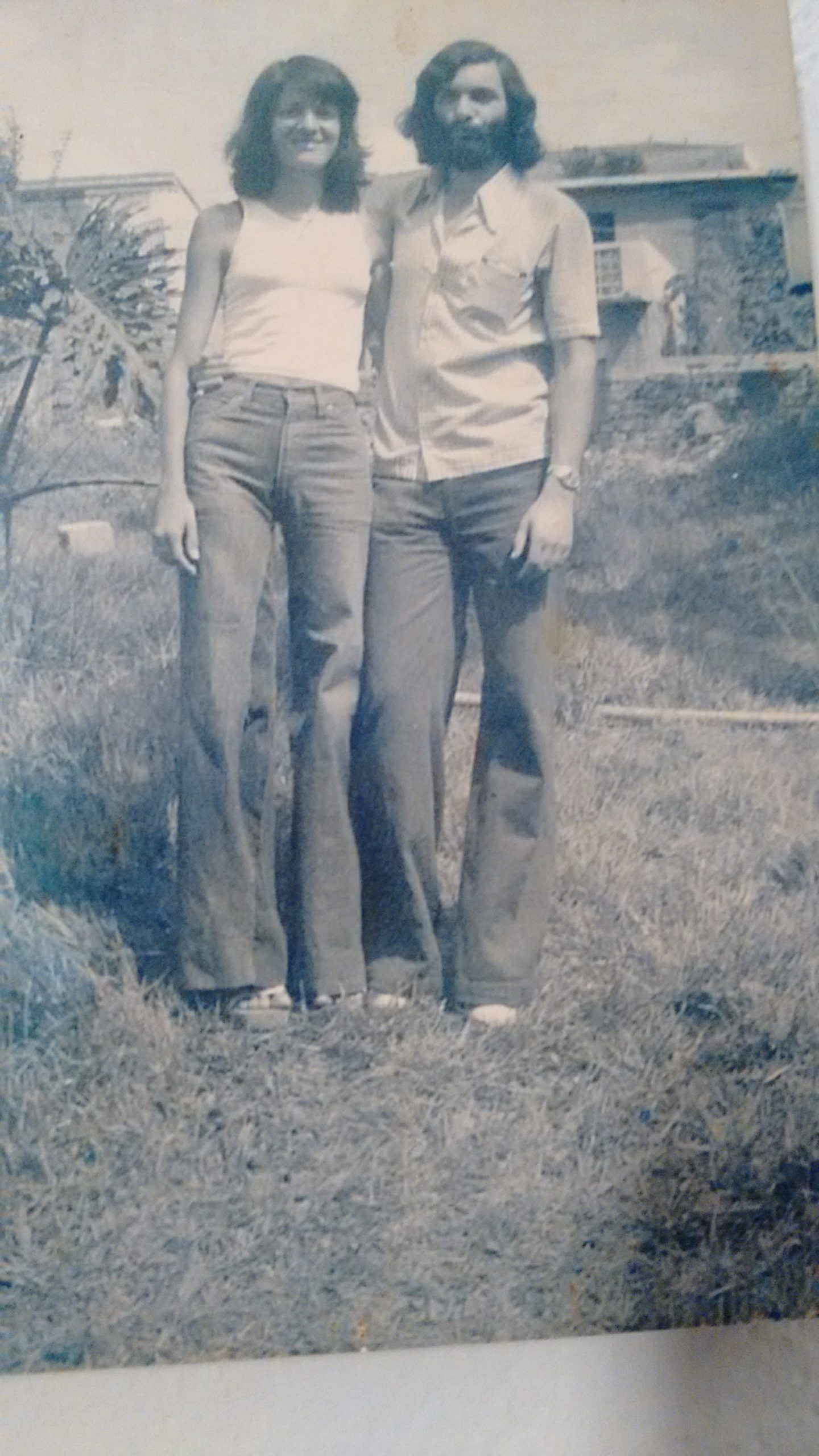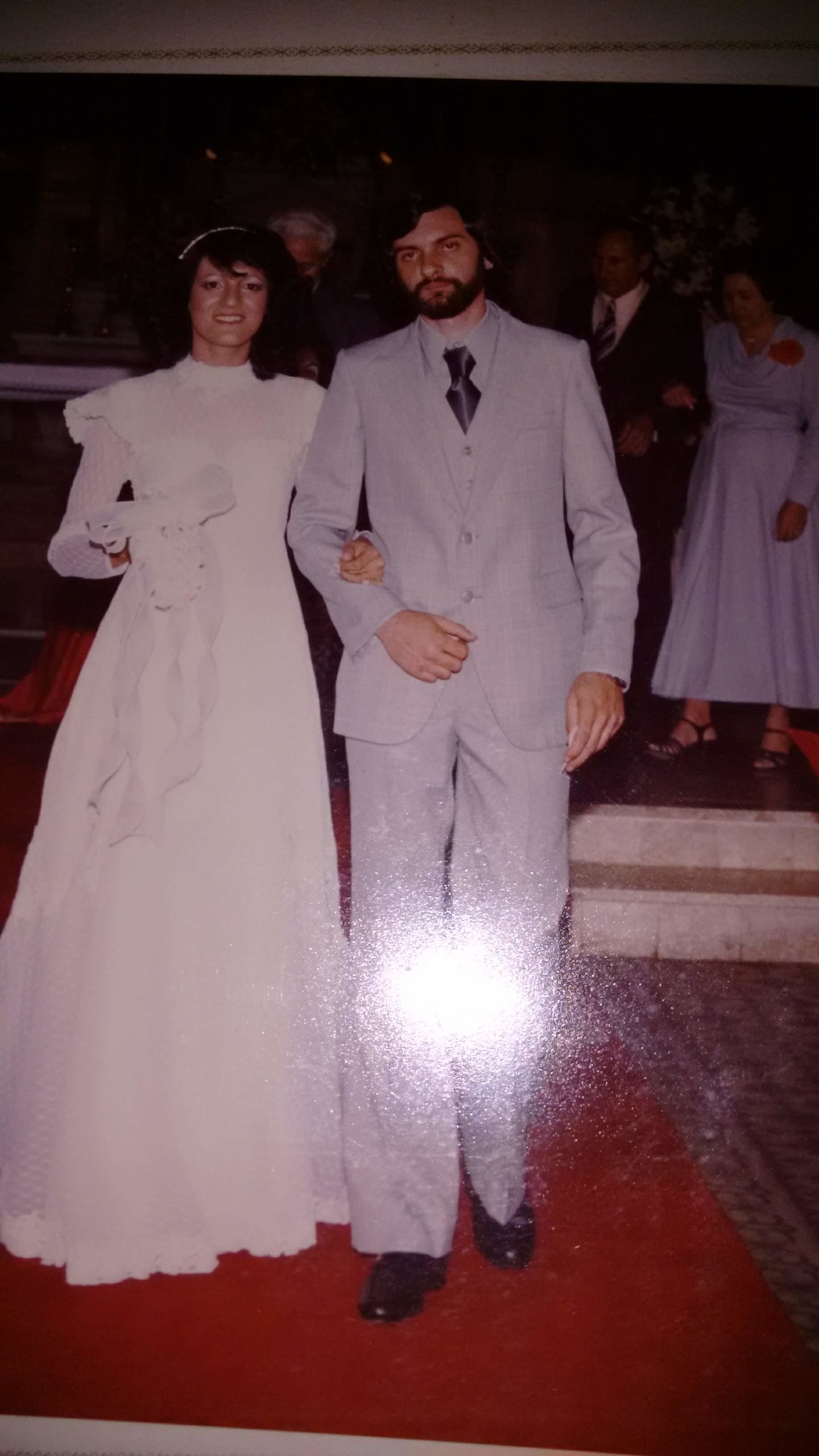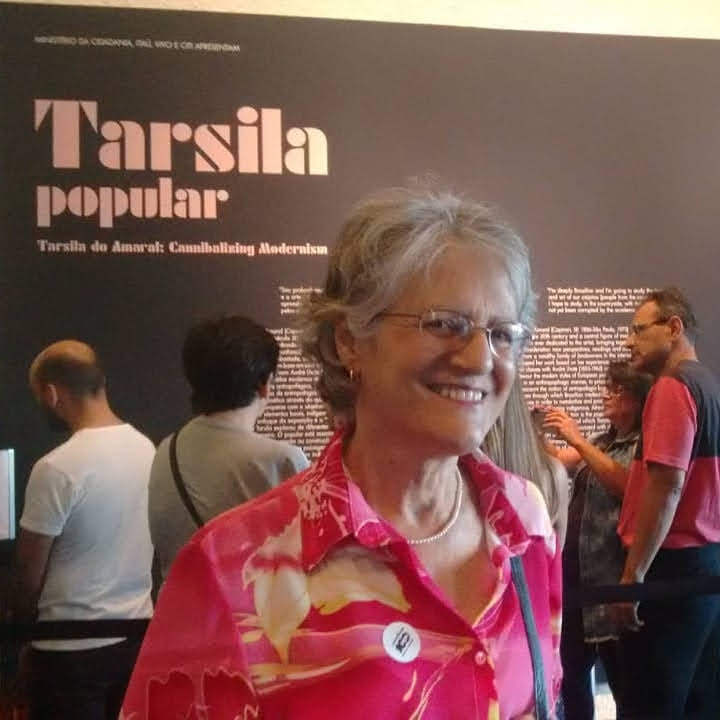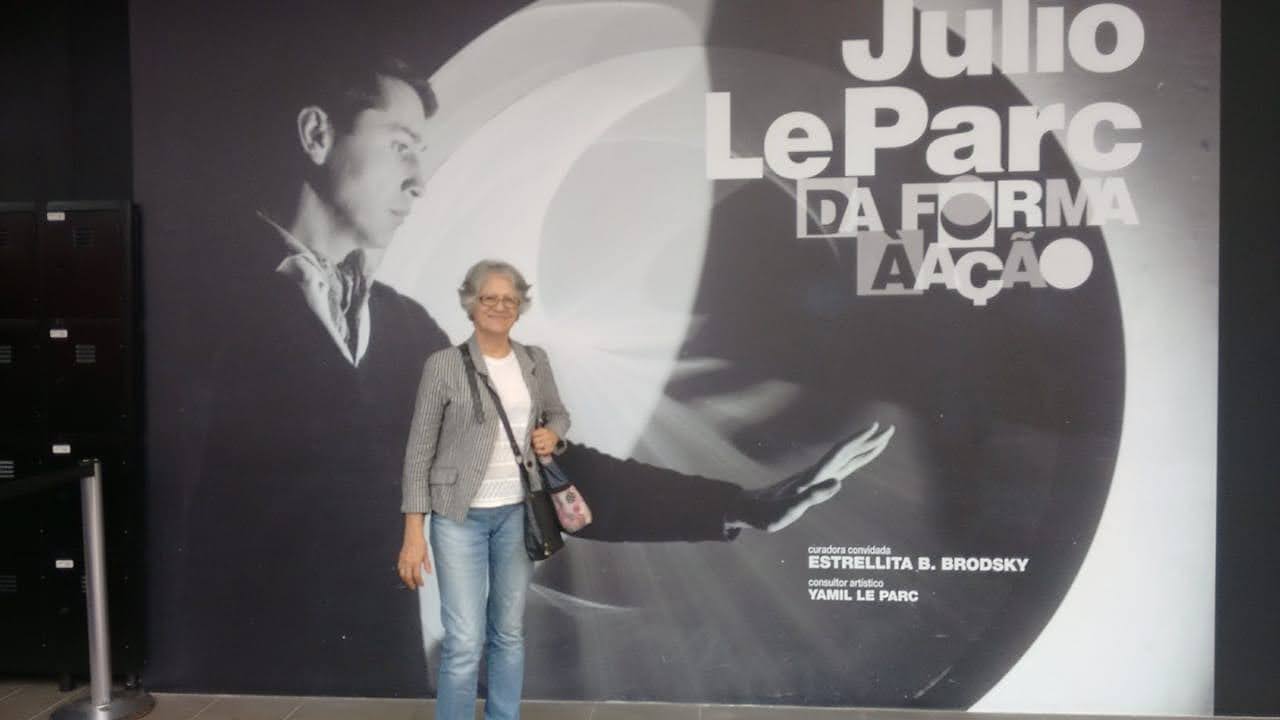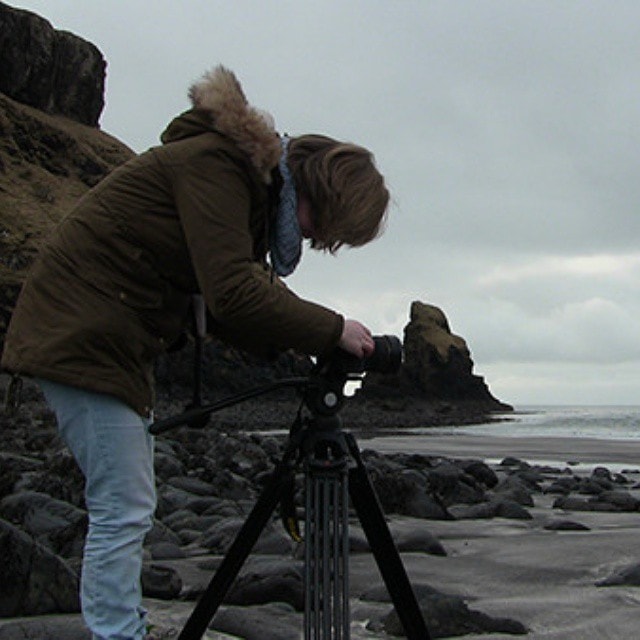
Blog Posts
EFB is a volunteer organization founded in Porto Alegre that aims to democratize the teaching of the English language in Brazil through classes, distribution of teaching materials, book donation campaigns, and much more! This way, it is possible to make Brazilian society increasingly fit for the global reality and for the 21st century.
Our primary focus is to connect volunteer mentors with students interested in learning English. This creates benefits for both those who teach and those who learn. For you who want to learn to speak English, it is the perfect opportunity to learn the basics of the language through free weekly private lessons, which is extra, since 95% of Brazilians do not know English. For you who want to teach English, it is the perfect opportunity to be a mentor, be a leader, have experience in teaching, and create your own teaching methodologies and class schedules.
Advanced AI technology meets unbeatable translation accuracy
Our innovative and award-winning breakthroughs continue to set industry standards, taking us closer to our vision: creating a world without language barriers.
More than 1 billion choose DeepL for our exceptional translation quality, powered by our groundbreaking artificial intelligence technology.
The world's best machine translation
DeepL’s neural networks are able to capture even the slightest nuances and reproduce them in translation unlike any other service. To assess the quality of our machine translation models, we regularly conduct blind tests. In blind tests, professional translators select the most accurate translation without knowing which company produced it. DeepL outperforms competition by a factor of 3:1.
Why Integrate Side Projects?
Being creative within the constraints of client briefs, budgets and timelines is the norm for most agencies. However, investing in research and development as a true, creative outlet is a powerful addition. In these side projects alone, your team members can pool their expertise to create and shape their own vision — a powerful way to develop motivation, interdisciplinary skills and close relationships.People think focus means saying yes to the thing you've got to focus on. But that's not what it means at all.Building into the identity and culture of an agency can also lead to new client work. These projects act as a road map, showing clients exciting new technologies and ideas that will differentiate you from competitors. One of our earliest projects turned our website into a brochure, optimized for the first iPad’s touch interactions. By demonstrating the final product, we went on to win a project to create a similar product for a new client.
How To Make Side Projects Work
 We’re still working on achieving that perfect balance between commerce and creativity. But we have fresh inspiration on how it’s done from having worked on ux companion. The app gained a popular following in early October, as one of the first native apps to offer a full glossary of user experience terms and theory — but the development process was definitely a learning process.
Commercializing side projects alongside client work isn’t easy. Even if such projects are intended to generate additional revenue streams, they are not directly related to your core business. Those with a more qualitative aim, such as promoting expertise or technological experimentation, are even harder to justify.
A significant shift in mindset is required to support either type of side project — weighing the longer-term, incremental benefits against committing what would otherwise be immediately billable time. Many agencies do this with a time-bound model of 80% client time versus 20% time, inspired by Google’s successes with Gmail and Google Reader which they have since (tellingly) phased out. I’d instead recommend the following guidelines.
We’re still working on achieving that perfect balance between commerce and creativity. But we have fresh inspiration on how it’s done from having worked on ux companion. The app gained a popular following in early October, as one of the first native apps to offer a full glossary of user experience terms and theory — but the development process was definitely a learning process.
Commercializing side projects alongside client work isn’t easy. Even if such projects are intended to generate additional revenue streams, they are not directly related to your core business. Those with a more qualitative aim, such as promoting expertise or technological experimentation, are even harder to justify.
A significant shift in mindset is required to support either type of side project — weighing the longer-term, incremental benefits against committing what would otherwise be immediately billable time. Many agencies do this with a time-bound model of 80% client time versus 20% time, inspired by Google’s successes with Gmail and Google Reader which they have since (tellingly) phased out. I’d instead recommend the following guidelines. Why Integrate Side Projects?
Being creative within the constraints of client briefs, budgets and timelines is the norm for most agencies. However, investing in research and development as a true, creative outlet is a powerful addition. In these side projects alone, your team members can pool their expertise to create and shape their own vision — a powerful way to develop motivation, interdisciplinary skills and close relationships.People think focus means saying yes to the thing you've got to focus on. But that's not what it means at all.Building into the identity and culture of an agency can also lead to new client work. These projects act as a road map, showing clients exciting new technologies and ideas that will differentiate you from competitors. One of our earliest projects turned our website into a brochure, optimized for the first iPad’s touch interactions. By demonstrating the final product, we went on to win a project to create a similar product for a new client.
How To Make Side Projects Work
 We’re still working on achieving that perfect balance between commerce and creativity. But we have fresh inspiration on how it’s done from having worked on ux companion. The app gained a popular following in early October, as one of the first native apps to offer a full glossary of user experience terms and theory — but the development process was definitely a learning process.
Commercializing side projects alongside client work isn’t easy. Even if such projects are intended to generate additional revenue streams, they are not directly related to your core business. Those with a more qualitative aim, such as promoting expertise or technological experimentation, are even harder to justify.
A significant shift in mindset is required to support either type of side project — weighing the longer-term, incremental benefits against committing what would otherwise be immediately billable time. Many agencies do this with a time-bound model of 80% client time versus 20% time, inspired by Google’s successes with Gmail and Google Reader which they have since (tellingly) phased out. I’d instead recommend the following guidelines.
We’re still working on achieving that perfect balance between commerce and creativity. But we have fresh inspiration on how it’s done from having worked on ux companion. The app gained a popular following in early October, as one of the first native apps to offer a full glossary of user experience terms and theory — but the development process was definitely a learning process.
Commercializing side projects alongside client work isn’t easy. Even if such projects are intended to generate additional revenue streams, they are not directly related to your core business. Those with a more qualitative aim, such as promoting expertise or technological experimentation, are even harder to justify.
A significant shift in mindset is required to support either type of side project — weighing the longer-term, incremental benefits against committing what would otherwise be immediately billable time. Many agencies do this with a time-bound model of 80% client time versus 20% time, inspired by Google’s successes with Gmail and Google Reader which they have since (tellingly) phased out. I’d instead recommend the following guidelines. Why Integrate Side Projects?
Being creative within the constraints of client briefs, budgets and timelines is the norm for most agencies. However, investing in research and development as a true, creative outlet is a powerful addition. In these side projects alone, your team members can pool their expertise to create and shape their own vision — a powerful way to develop motivation, interdisciplinary skills and close relationships.People think focus means saying yes to the thing you've got to focus on. But that's not what it means at all.Building into the identity and culture of an agency can also lead to new client work. These projects act as a road map, showing clients exciting new technologies and ideas that will differentiate you from competitors. One of our earliest projects turned our website into a brochure, optimized for the first iPad’s touch interactions. By demonstrating the final product, we went on to win a project to create a similar product for a new client.
How To Make Side Projects Work
 We’re still working on achieving that perfect balance between commerce and creativity. But we have fresh inspiration on how it’s done from having worked on ux companion. The app gained a popular following in early October, as one of the first native apps to offer a full glossary of user experience terms and theory — but the development process was definitely a learning process.
Commercializing side projects alongside client work isn’t easy. Even if such projects are intended to generate additional revenue streams, they are not directly related to your core business. Those with a more qualitative aim, such as promoting expertise or technological experimentation, are even harder to justify.
A significant shift in mindset is required to support either type of side project — weighing the longer-term, incremental benefits against committing what would otherwise be immediately billable time. Many agencies do this with a time-bound model of 80% client time versus 20% time, inspired by Google’s successes with Gmail and Google Reader which they have since (tellingly) phased out. I’d instead recommend the following guidelines.
We’re still working on achieving that perfect balance between commerce and creativity. But we have fresh inspiration on how it’s done from having worked on ux companion. The app gained a popular following in early October, as one of the first native apps to offer a full glossary of user experience terms and theory — but the development process was definitely a learning process.
Commercializing side projects alongside client work isn’t easy. Even if such projects are intended to generate additional revenue streams, they are not directly related to your core business. Those with a more qualitative aim, such as promoting expertise or technological experimentation, are even harder to justify.
A significant shift in mindset is required to support either type of side project — weighing the longer-term, incremental benefits against committing what would otherwise be immediately billable time. Many agencies do this with a time-bound model of 80% client time versus 20% time, inspired by Google’s successes with Gmail and Google Reader which they have since (tellingly) phased out. I’d instead recommend the following guidelines. Why Integrate Side Projects?
Being creative within the constraints of client briefs, budgets and timelines is the norm for most agencies. However, investing in research and development as a true, creative outlet is a powerful addition. In these side projects alone, your team members can pool their expertise to create and shape their own vision — a powerful way to develop motivation, interdisciplinary skills and close relationships.People think focus means saying yes to the thing you've got to focus on. But that's not what it means at all.Building into the identity and culture of an agency can also lead to new client work. These projects act as a road map, showing clients exciting new technologies and ideas that will differentiate you from competitors. One of our earliest projects turned our website into a brochure, optimized for the first iPad’s touch interactions. By demonstrating the final product, we went on to win a project to create a similar product for a new client.
How To Make Side Projects Work
 We’re still working on achieving that perfect balance between commerce and creativity. But we have fresh inspiration on how it’s done from having worked on ux companion. The app gained a popular following in early October, as one of the first native apps to offer a full glossary of user experience terms and theory — but the development process was definitely a learning process.
Commercializing side projects alongside client work isn’t easy. Even if such projects are intended to generate additional revenue streams, they are not directly related to your core business. Those with a more qualitative aim, such as promoting expertise or technological experimentation, are even harder to justify.
A significant shift in mindset is required to support either type of side project — weighing the longer-term, incremental benefits against committing what would otherwise be immediately billable time. Many agencies do this with a time-bound model of 80% client time versus 20% time, inspired by Google’s successes with Gmail and Google Reader which they have since (tellingly) phased out. I’d instead recommend the following guidelines.
We’re still working on achieving that perfect balance between commerce and creativity. But we have fresh inspiration on how it’s done from having worked on ux companion. The app gained a popular following in early October, as one of the first native apps to offer a full glossary of user experience terms and theory — but the development process was definitely a learning process.
Commercializing side projects alongside client work isn’t easy. Even if such projects are intended to generate additional revenue streams, they are not directly related to your core business. Those with a more qualitative aim, such as promoting expertise or technological experimentation, are even harder to justify.
A significant shift in mindset is required to support either type of side project — weighing the longer-term, incremental benefits against committing what would otherwise be immediately billable time. Many agencies do this with a time-bound model of 80% client time versus 20% time, inspired by Google’s successes with Gmail and Google Reader which they have since (tellingly) phased out. I’d instead recommend the following guidelines. People think focus means saying yes to the thing you've got to focus on. But that's not what it means at all.Building into the identity and culture of an agency can also lead to new client work. These projects act as a road map, showing clients exciting new technologies and ideas that will differentiate you from competitors. One of our earliest projects turned our website into a brochure, optimized for the first iPad’s touch interactions. By demonstrating the final product, we went on to win a project to create a similar product for a new client.
Why Integrate Side Projects?
Being creative within the constraints of client briefs, budgets and timelines is the norm for most agencies. However, investing in research and development as a true, creative outlet is a powerful addition. In these side projects alone, your team members can pool their expertise to create and shape their own vision — a powerful way to develop motivation, interdisciplinary skills and close relationships.People think focus means saying yes to the thing you've got to focus on. But that's not what it means at all.Building into the identity and culture of an agency can also lead to new client work. These projects act as a road map, showing clients exciting new technologies and ideas that will differentiate you from competitors. One of our earliest projects turned our website into a brochure, optimized for the first iPad’s touch interactions. By demonstrating the final product, we went on to win a project to create a similar product for a new client.
Why Integrate Side Projects?
Being creative within the constraints of client briefs, budgets and timelines is the norm for most agencies. However, investing in research and development as a true, creative outlet is a powerful addition. In these side projects alone, your team members can pool their expertise to create and shape their own vision — a powerful way to develop motivation, interdisciplinary skills and close relationships.People think focus means saying yes to the thing you've got to focus on. But that's not what it means at all.Building into the identity and culture of an agency can also lead to new client work. These projects act as a road map, showing clients exciting new technologies and ideas that will differentiate you from competitors. One of our earliest projects turned our website into a brochure, optimized for the first iPad’s touch interactions. By demonstrating the final product, we went on to win a project to create a similar product for a new client.
How To Make Side Projects Work
 We’re still working on achieving that perfect balance between commerce and creativity. But we have fresh inspiration on how it’s done from having worked on ux companion. The app gained a popular following in early October, as one of the first native apps to offer a full glossary of user experience terms and theory — but the development process was definitely a learning process.
Commercializing side projects alongside client work isn’t easy. Even if such projects are intended to generate additional revenue streams, they are not directly related to your core business. Those with a more qualitative aim, such as promoting expertise or technological experimentation, are even harder to justify.
A significant shift in mindset is required to support either type of side project — weighing the longer-term, incremental benefits against committing what would otherwise be immediately billable time. Many agencies do this with a time-bound model of 80% client time versus 20% time, inspired by Google’s successes with Gmail and Google Reader which they have since (tellingly) phased out. I’d instead recommend the following guidelines.
We’re still working on achieving that perfect balance between commerce and creativity. But we have fresh inspiration on how it’s done from having worked on ux companion. The app gained a popular following in early October, as one of the first native apps to offer a full glossary of user experience terms and theory — but the development process was definitely a learning process.
Commercializing side projects alongside client work isn’t easy. Even if such projects are intended to generate additional revenue streams, they are not directly related to your core business. Those with a more qualitative aim, such as promoting expertise or technological experimentation, are even harder to justify.
A significant shift in mindset is required to support either type of side project — weighing the longer-term, incremental benefits against committing what would otherwise be immediately billable time. Many agencies do this with a time-bound model of 80% client time versus 20% time, inspired by Google’s successes with Gmail and Google Reader which they have since (tellingly) phased out. I’d instead recommend the following guidelines. Why Integrate Side Projects?
Being creative within the constraints of client briefs, budgets and timelines is the norm for most agencies. However, investing in research and development as a true, creative outlet is a powerful addition. In these side projects alone, your team members can pool their expertise to create and shape their own vision — a powerful way to develop motivation, interdisciplinary skills and close relationships.People think focus means saying yes to the thing you've got to focus on. But that's not what it means at all.Building into the identity and culture of an agency can also lead to new client work. These projects act as a road map, showing clients exciting new technologies and ideas that will differentiate you from competitors. One of our earliest projects turned our website into a brochure, optimized for the first iPad’s touch interactions. By demonstrating the final product, we went on to win a project to create a similar product for a new client.
How To Make Side Projects Work
 We’re still working on achieving that perfect balance between commerce and creativity. But we have fresh inspiration on how it’s done from having worked on ux companion. The app gained a popular following in early October, as one of the first native apps to offer a full glossary of user experience terms and theory — but the development process was definitely a learning process.
Commercializing side projects alongside client work isn’t easy. Even if such projects are intended to generate additional revenue streams, they are not directly related to your core business. Those with a more qualitative aim, such as promoting expertise or technological experimentation, are even harder to justify.
A significant shift in mindset is required to support either type of side project — weighing the longer-term, incremental benefits against committing what would otherwise be immediately billable time. Many agencies do this with a time-bound model of 80% client time versus 20% time, inspired by Google’s successes with Gmail and Google Reader which they have since (tellingly) phased out. I’d instead recommend the following guidelines.
We’re still working on achieving that perfect balance between commerce and creativity. But we have fresh inspiration on how it’s done from having worked on ux companion. The app gained a popular following in early October, as one of the first native apps to offer a full glossary of user experience terms and theory — but the development process was definitely a learning process.
Commercializing side projects alongside client work isn’t easy. Even if such projects are intended to generate additional revenue streams, they are not directly related to your core business. Those with a more qualitative aim, such as promoting expertise or technological experimentation, are even harder to justify.
A significant shift in mindset is required to support either type of side project — weighing the longer-term, incremental benefits against committing what would otherwise be immediately billable time. Many agencies do this with a time-bound model of 80% client time versus 20% time, inspired by Google’s successes with Gmail and Google Reader which they have since (tellingly) phased out. I’d instead recommend the following guidelines. Why Integrate Side Projects?
Being creative within the constraints of client briefs, budgets and timelines is the norm for most agencies. However, investing in research and development as a true, creative outlet is a powerful addition. In these side projects alone, your team members can pool their expertise to create and shape their own vision — a powerful way to develop motivation, interdisciplinary skills and close relationships.People think focus means saying yes to the thing you've got to focus on. But that's not what it means at all.Building into the identity and culture of an agency can also lead to new client work. These projects act as a road map, showing clients exciting new technologies and ideas that will differentiate you from competitors. One of our earliest projects turned our website into a brochure, optimized for the first iPad’s touch interactions. By demonstrating the final product, we went on to win a project to create a similar product for a new client.
How To Make Side Projects Work
 We’re still working on achieving that perfect balance between commerce and creativity. But we have fresh inspiration on how it’s done from having worked on ux companion. The app gained a popular following in early October, as one of the first native apps to offer a full glossary of user experience terms and theory — but the development process was definitely a learning process.
Commercializing side projects alongside client work isn’t easy. Even if such projects are intended to generate additional revenue streams, they are not directly related to your core business. Those with a more qualitative aim, such as promoting expertise or technological experimentation, are even harder to justify.
A significant shift in mindset is required to support either type of side project — weighing the longer-term, incremental benefits against committing what would otherwise be immediately billable time. Many agencies do this with a time-bound model of 80% client time versus 20% time, inspired by Google’s successes with Gmail and Google Reader which they have since (tellingly) phased out. I’d instead recommend the following guidelines.
We’re still working on achieving that perfect balance between commerce and creativity. But we have fresh inspiration on how it’s done from having worked on ux companion. The app gained a popular following in early October, as one of the first native apps to offer a full glossary of user experience terms and theory — but the development process was definitely a learning process.
Commercializing side projects alongside client work isn’t easy. Even if such projects are intended to generate additional revenue streams, they are not directly related to your core business. Those with a more qualitative aim, such as promoting expertise or technological experimentation, are even harder to justify.
A significant shift in mindset is required to support either type of side project — weighing the longer-term, incremental benefits against committing what would otherwise be immediately billable time. Many agencies do this with a time-bound model of 80% client time versus 20% time, inspired by Google’s successes with Gmail and Google Reader which they have since (tellingly) phased out. I’d instead recommend the following guidelines. Why Integrate Side Projects?
Being creative within the constraints of client briefs, budgets and timelines is the norm for most agencies. However, investing in research and development as a true, creative outlet is a powerful addition. In these side projects alone, your team members can pool their expertise to create and shape their own vision — a powerful way to develop motivation, interdisciplinary skills and close relationships.People think focus means saying yes to the thing you've got to focus on. But that's not what it means at all.Building into the identity and culture of an agency can also lead to new client work. These projects act as a road map, showing clients exciting new technologies and ideas that will differentiate you from competitors. One of our earliest projects turned our website into a brochure, optimized for the first iPad’s touch interactions. By demonstrating the final product, we went on to win a project to create a similar product for a new client.
How To Make Side Projects Work
 We’re still working on achieving that perfect balance between commerce and creativity. But we have fresh inspiration on how it’s done from having worked on ux companion. The app gained a popular following in early October, as one of the first native apps to offer a full glossary of user experience terms and theory — but the development process was definitely a learning process.
Commercializing side projects alongside client work isn’t easy. Even if such projects are intended to generate additional revenue streams, they are not directly related to your core business. Those with a more qualitative aim, such as promoting expertise or technological experimentation, are even harder to justify.
A significant shift in mindset is required to support either type of side project — weighing the longer-term, incremental benefits against committing what would otherwise be immediately billable time. Many agencies do this with a time-bound model of 80% client time versus 20% time, inspired by Google’s successes with Gmail and Google Reader which they have since (tellingly) phased out. I’d instead recommend the following guidelines.
We’re still working on achieving that perfect balance between commerce and creativity. But we have fresh inspiration on how it’s done from having worked on ux companion. The app gained a popular following in early October, as one of the first native apps to offer a full glossary of user experience terms and theory — but the development process was definitely a learning process.
Commercializing side projects alongside client work isn’t easy. Even if such projects are intended to generate additional revenue streams, they are not directly related to your core business. Those with a more qualitative aim, such as promoting expertise or technological experimentation, are even harder to justify.
A significant shift in mindset is required to support either type of side project — weighing the longer-term, incremental benefits against committing what would otherwise be immediately billable time. Many agencies do this with a time-bound model of 80% client time versus 20% time, inspired by Google’s successes with Gmail and Google Reader which they have since (tellingly) phased out. I’d instead recommend the following guidelines. Why Integrate Side Projects?
Being creative within the constraints of client briefs, budgets and timelines is the norm for most agencies. However, investing in research and development as a true, creative outlet is a powerful addition. In these side projects alone, your team members can pool their expertise to create and shape their own vision — a powerful way to develop motivation, interdisciplinary skills and close relationships.People think focus means saying yes to the thing you've got to focus on. But that's not what it means at all.Building into the identity and culture of an agency can also lead to new client work. These projects act as a road map, showing clients exciting new technologies and ideas that will differentiate you from competitors. One of our earliest projects turned our website into a brochure, optimized for the first iPad’s touch interactions. By demonstrating the final product, we went on to win a project to create a similar product for a new client.
How To Make Side Projects Work
 We’re still working on achieving that perfect balance between commerce and creativity. But we have fresh inspiration on how it’s done from having worked on ux companion. The app gained a popular following in early October, as one of the first native apps to offer a full glossary of user experience terms and theory — but the development process was definitely a learning process.
Commercializing side projects alongside client work isn’t easy. Even if such projects are intended to generate additional revenue streams, they are not directly related to your core business. Those with a more qualitative aim, such as promoting expertise or technological experimentation, are even harder to justify.
A significant shift in mindset is required to support either type of side project — weighing the longer-term, incremental benefits against committing what would otherwise be immediately billable time. Many agencies do this with a time-bound model of 80% client time versus 20% time, inspired by Google’s successes with Gmail and Google Reader which they have since (tellingly) phased out. I’d instead recommend the following guidelines.
We’re still working on achieving that perfect balance between commerce and creativity. But we have fresh inspiration on how it’s done from having worked on ux companion. The app gained a popular following in early October, as one of the first native apps to offer a full glossary of user experience terms and theory — but the development process was definitely a learning process.
Commercializing side projects alongside client work isn’t easy. Even if such projects are intended to generate additional revenue streams, they are not directly related to your core business. Those with a more qualitative aim, such as promoting expertise or technological experimentation, are even harder to justify.
A significant shift in mindset is required to support either type of side project — weighing the longer-term, incremental benefits against committing what would otherwise be immediately billable time. Many agencies do this with a time-bound model of 80% client time versus 20% time, inspired by Google’s successes with Gmail and Google Reader which they have since (tellingly) phased out. I’d instead recommend the following guidelines. 




